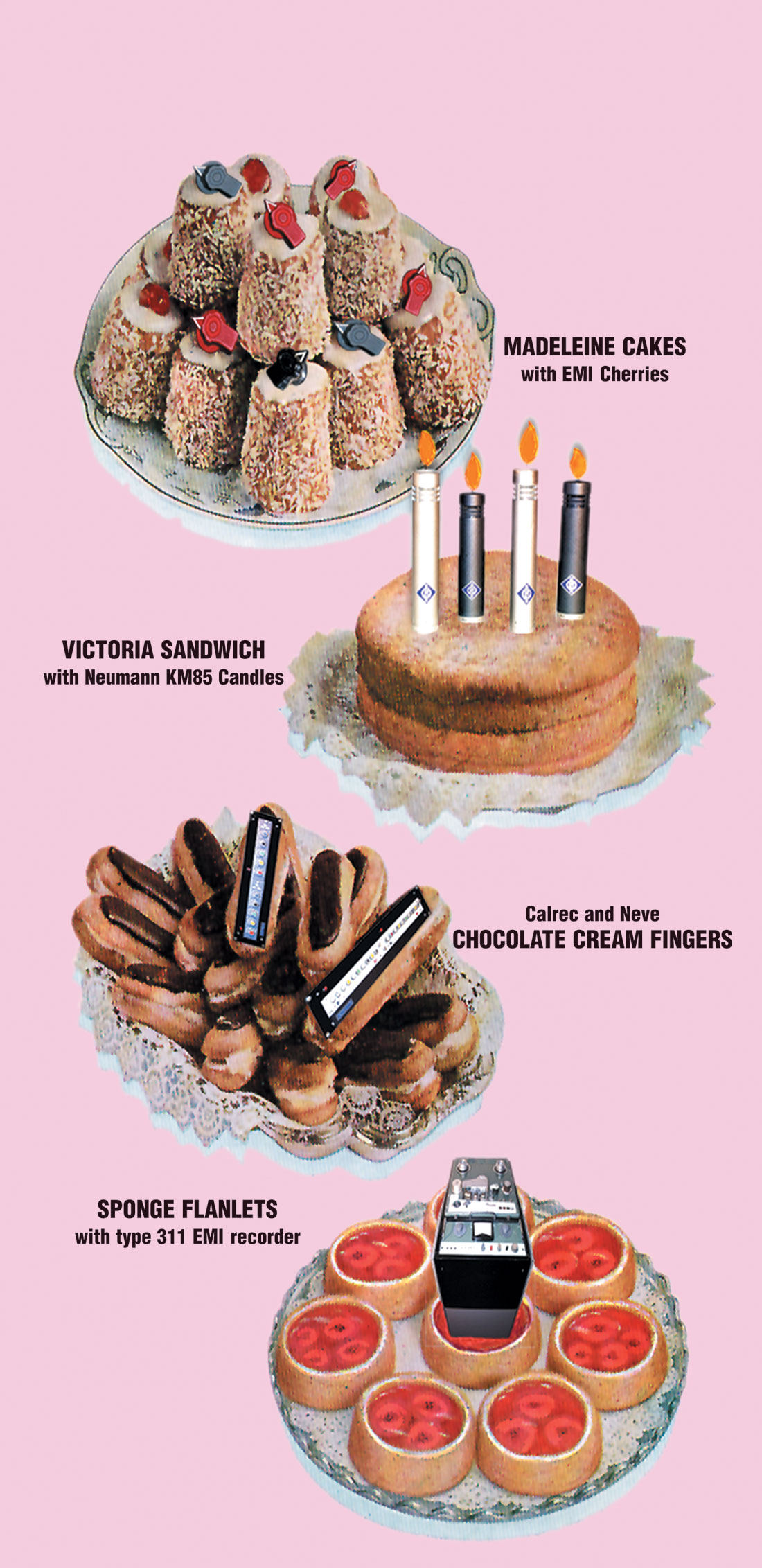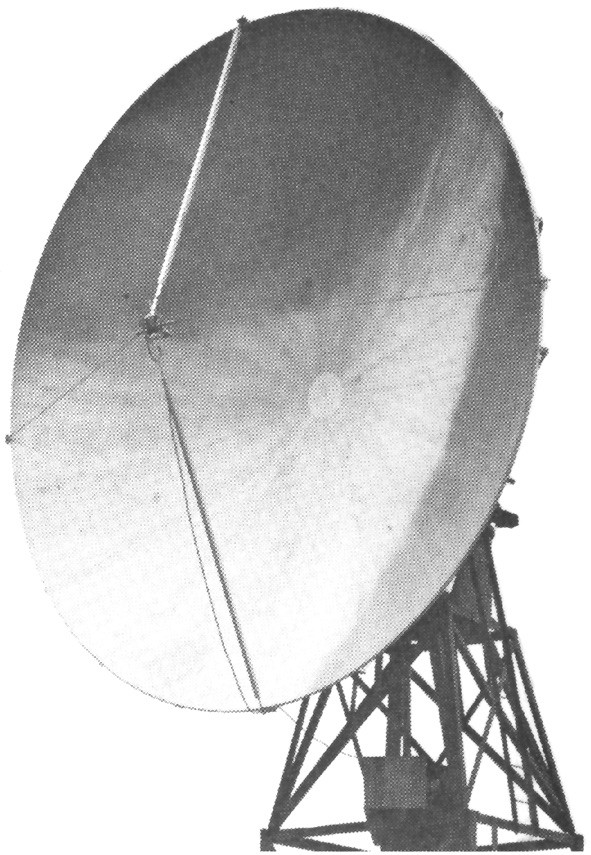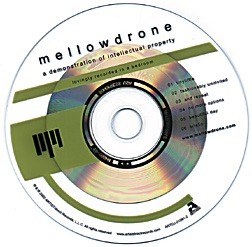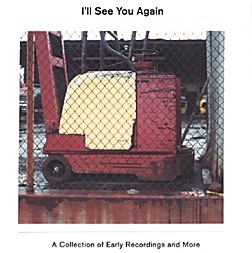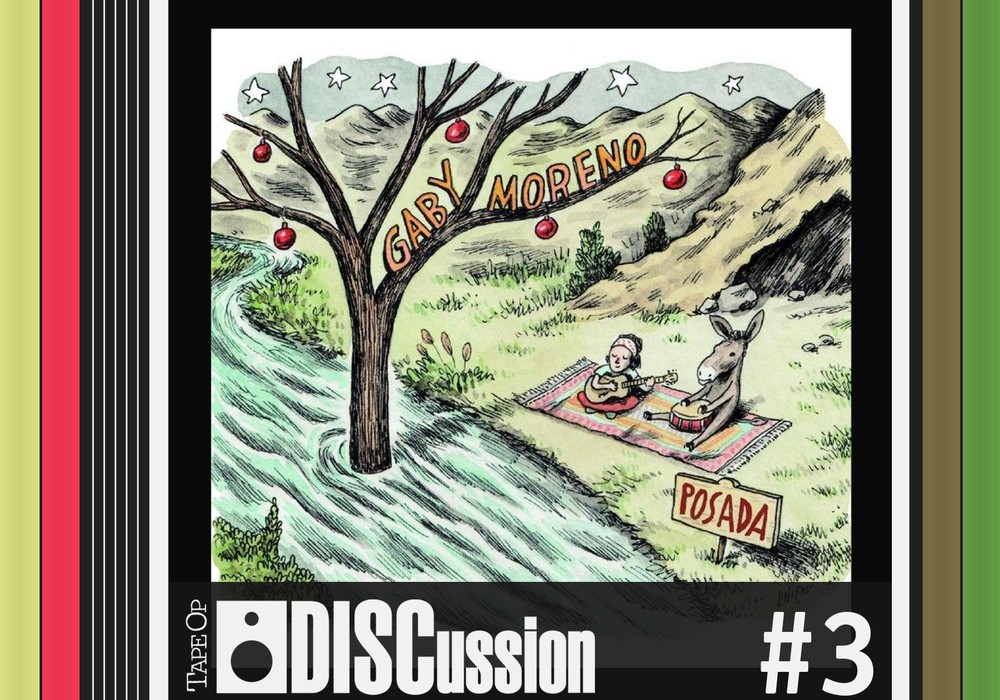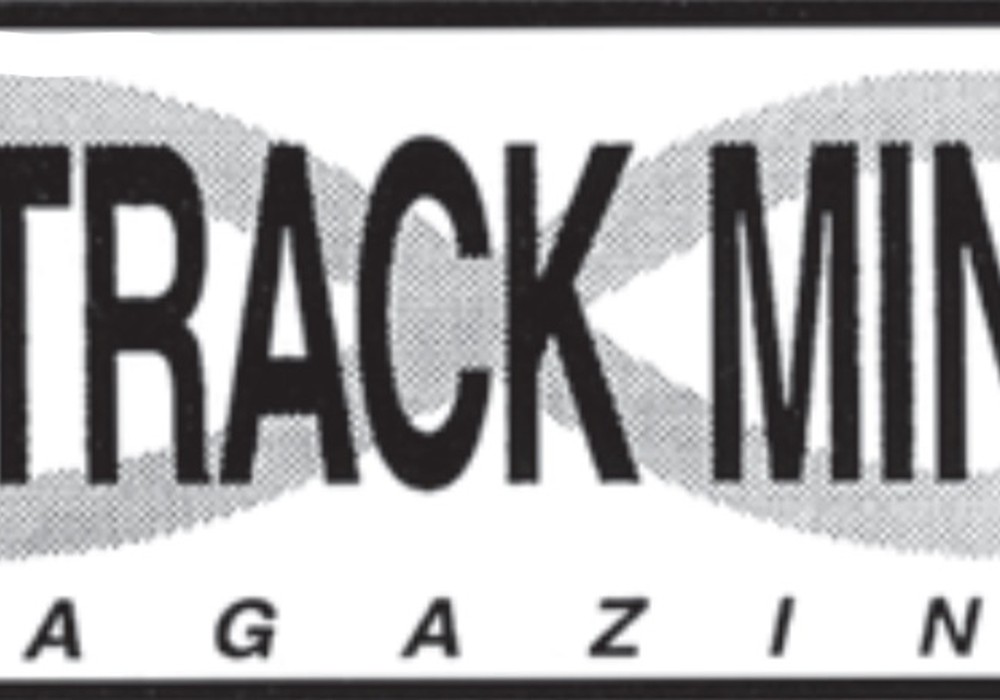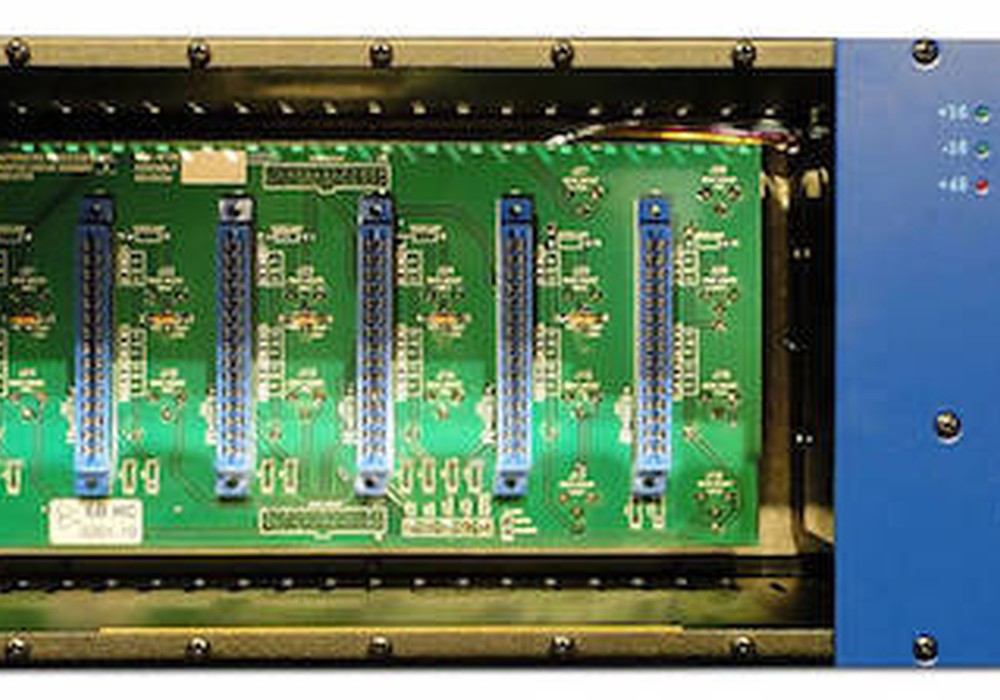Mellowdrone
A Demonstration of Intellectual Property EP (CD)
Beneath its dark, danceable, slightly gothic soundscape, Mellowdrone seethes with bitter resentment. Singer-songwriter Jonathan Bates chooses wisely to mutter his most angry thoughts and let the music's more soaring moments explode not with bombastic howls, but with layered vocal lines, huge guitars and bubbling keyboards. Check out the creative disaffection of "fashionably uninvited", which bops along on a brilliant pop groove as Bates sings "Every time I watch them all go by I take in a breath and let out a sigh/I don't how much of this I can handle/Excuse me is my rant taking too long is it getting in the way of this lovely song/just promise me that you'll never leave." Surprisingly, this polished record is homegrown. "I recorded in my girlfriend's old apartment/living room," says Bates. "Your typical hole-in-the-wall place. Nasty 1000-year-old carpeting and drywall. The upstairs neighbors always moving furniture when ever I was trying to record. I loved it. I couldn't listen back loud at all, so 80% of the time I was using headphones." Bates used a Sony VAIO with a Darla 16 bit A/D card and Cool Edit Pro to capture his performances. Despite the expansive, full-band feel of the songs, the drums were all sampled. "Before I got ACID, I would sing the drum beat into the computer," Bates continues. "I would then use the spike of an attack on the sound wave as a marker for the drum sample. Then I would lay the sample on top of it. It gave the loops a less perfect feel as opposed to perfect 8ths kind of thing." (mellowdrone.com)
Ray Daniels
I'll See You Again (CD-R)
I'll See You Again would be at home on the shelf next to Guided By Voices EPs of old, when each brief disc burst with an album's worth of cuts that ranged from sublime pop to slightly unhinged experimentation. Like those discs, I'll See You Again succeeds not only because of some fabulous melodies, but because it is never boring. That's no doubt due to how Daniels conceived and recorded the songs. "To me, the less I worry about recording quality, the better the songwriting gets. I gave myself the goal of specifically writing and recording the album in a week. A favorite trick of mine is to force myself to write and record four songs a day, though this becomes difficult if you have to work on that particular day, or have some kind of social life to tend to." Daniels recorded some songs on a Tascam 4 track, but the majority were done on a cheap PC with Cubase through "the cheapest possible Behringer mixing board." "All mastering was hurriedly done with Steinberg's WaveLab," Daniels continues "a masterwork of software which remains the only valid reason to own a Windows PC in my opinion." Daniels also used the computer to create the album's drum tracks. "The drum samples and loops were either stolen from old records or sample CDs. A few of the songs were assembled using ACID, which can sound like nothing else in the world, if you really lean on the software. It's like some sort of insane chemical robot DJ." (www.hello-video.com, ray@hello-video.com)
National Eye
National Eye (CD-R)
National Eye plays hypnotic pop that's relentless with catchy, cleverly repetitive lines, both instrumental and vocal. The songs are all thoughtfully recorded, and overall the disc is reminiscent Pink Floyd and Wire circa 154, albeit less dense. The lead track "Corridor", for instance, fabulously evolves over just a minute and a half. A simple beat is joined by stop/start bass, affected swooshes of sound and engaging background vocals as the main vocal line rides a simple but sticky melody. The effect is creepy and comforting all at once. National Eye recorded in the living room of an old home in West Philadelphia. "The room is roughly 30' x 15'," said the band. "It's very rectangular, many rattle-y windows, a big rug. Pictures...
